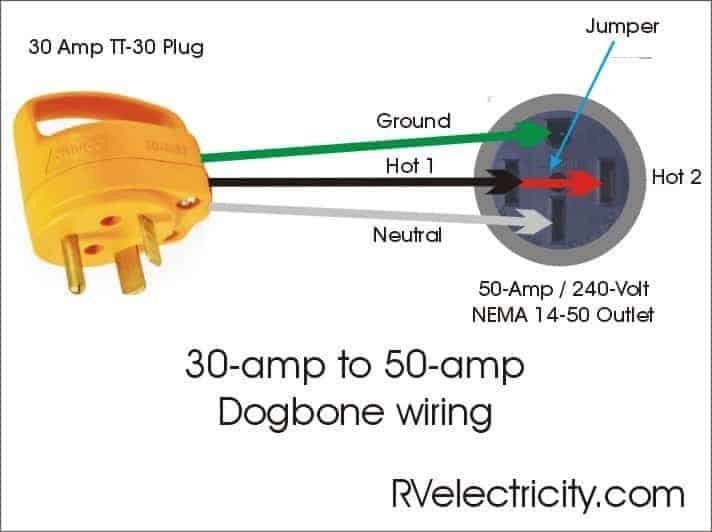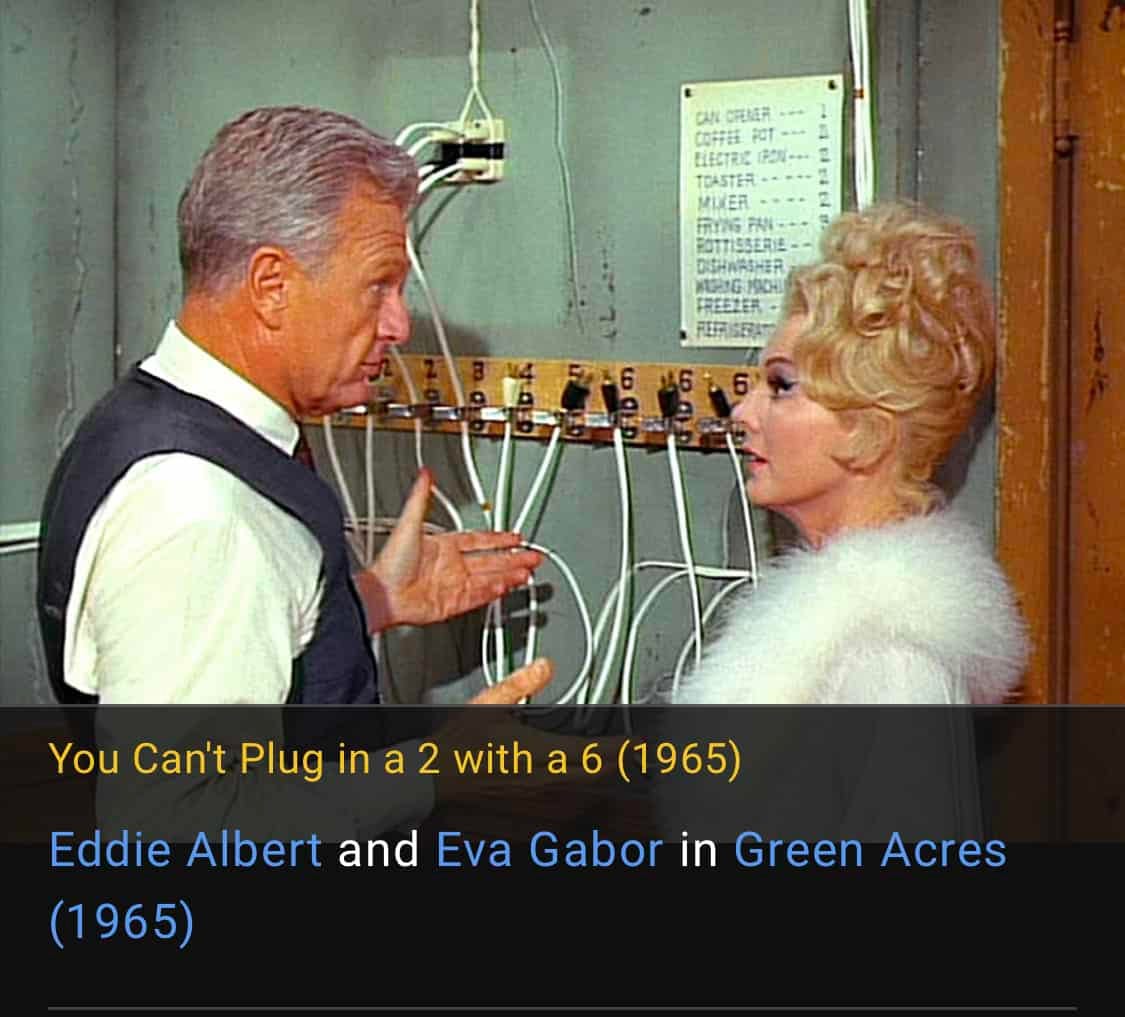[Rerun] Why does my 30 to 50-amp adapter trip the breaker?
You have to learn how to do manual load-shedding in your RV when it’s connected to a 30-amp pedestal
Dear Readers,
This question comes up time and time again: “Why does my 50-amp RV trip the 30-amp circuit breaker when I need to use a dog-bone adapter to power it from a 30-amp pedestal?”
Dear Mike,
So, just how much more power does a 50-amp shore power plug have compared to a 20- or 30-amp plug? We like to bring a lot of our electronic toys with us, and have tripped the 30-amp circuit breaker a few times. Should we consider a 50-amp plug for our next RV? —Stan
Dear Stan,
It all comes down to watts. There are two basic numbers to consider when we want to calculate the wattage available from each style pedestal outlet: volts and amperes. Voltage is a measure of electrical pressure, and amperes is a measure of available current flow. Ohm’s law tells us that volts times amperes equals watts.
20-amp outlet = 2,400 watts
30-amp outlet = 3,600 watts
50-amp outlet = 12,000 watts
Here are the quick calculations:
If you multiply 20 amps times 120 volts you get 2,400 watts.
And 30 amps times 120 volts equals 3,600 watts.
But how does 50 amps times 120 volts equal 12,000 watts and not just 6,000 watts?
A 50-amp service has 12,000 watts available because there are actually two separate 50-amp conductors in a “50-amp” shore power outlet. It probably should be called a 100-amp outlet, since that’s how much amperage at 120 volts is actually available.
Counting the watts…
After that it’s just a matter of knowing the watts required by each of your electrical “things” and adding them together. All modern appliances have a tag that displays their wattage.
Just like Lisa Douglas on Green Acres, you have to learn how to add up everything you want to turn on at the same time and make sure you have enough wattage available from the shore power outlet.
Since some loads like air conditioners and refrigerator compressors can have an inrush current up to several times their running amperage, you’ll also need a little extra amperage left over.
Typical watt usage:
Small flat screen television – 50 watts
Kids’ video game – 10 watts
Laptop computer – 50 to 100 watts
Desktop computer – 200 to 400 watts
Hair dryer – 1,500 to 1,800 watts
Toaster oven – 1,500 watts
Small microwave oven – 1,200 watts
Incandescent light bulb – 40, 60 or 100 watts
CFL (Compact Fluorescent Light) – 13 watts
Slow cooker – 200 to 1,500 watts (low or high heat)
Small space heater – 600 to 1,500 watts (low or high heat)
Overhead LED Lights – 5 watts each
Overhead incandescent lights – 20 watts each
15,000 BTU air conditioner – 1,800 watts running / 3,600 to 6,800 watts starting inrush
It’s all about the plugs…
This is why all modern RVs have at least a 30-amp shore power plug and most large RVs have a 50-amp plug. You can see that even a single toaster oven or hair dryer can use up to half of the power available from a 30-amp shore power outlet.
But you can run a hair dryer, microwave oven, toaster oven, plus an air conditioner and a bunch of lights all at the same time from a 50-amp pedestal outlet and still have power to spare.
How to connect a 50-amp RV to a 30-amp outlet
You’ll need something called a 30-amp to 50-amp dogbone adapter. It will not give you more power (you’ll still have only 3,600 watts or a total of 30 amps at 120 volts), but a properly wired dogbone adapter will route the single leg of power from the 30-amp outlet to both legs of the 50-amp shore power cord feeding your RV.
So, if you park an RV next to your house, you should consider having a 50-amp pedestal outlet installed by an electrician. That way you can run everything in your RV even while it’s parked in your driveway. If you only plug into your house using a dogbone adapter to hook into a 20-amp outlet in your garage, you may not even be able to run the air conditioner in your RV.
Let’s play safe out there…. Mike











Been following you for a long time and appreciate your knowledge and insight. But this article and your explanation is concerning when it comes to the 50 Amp portion. A 50-amp service has 12,000 watts available because there are actually two separate 50-amp conductors in a “50-amp” shore power outlet. I understand your explanation, but, I have yet to see a 100A outlet in a campground and you may be creating an issue. By saying it can handle 100 amps, some folks might be putting in a 100A breaker to a 50 amp connector or worst yet, overloading a marginal 50A cable.